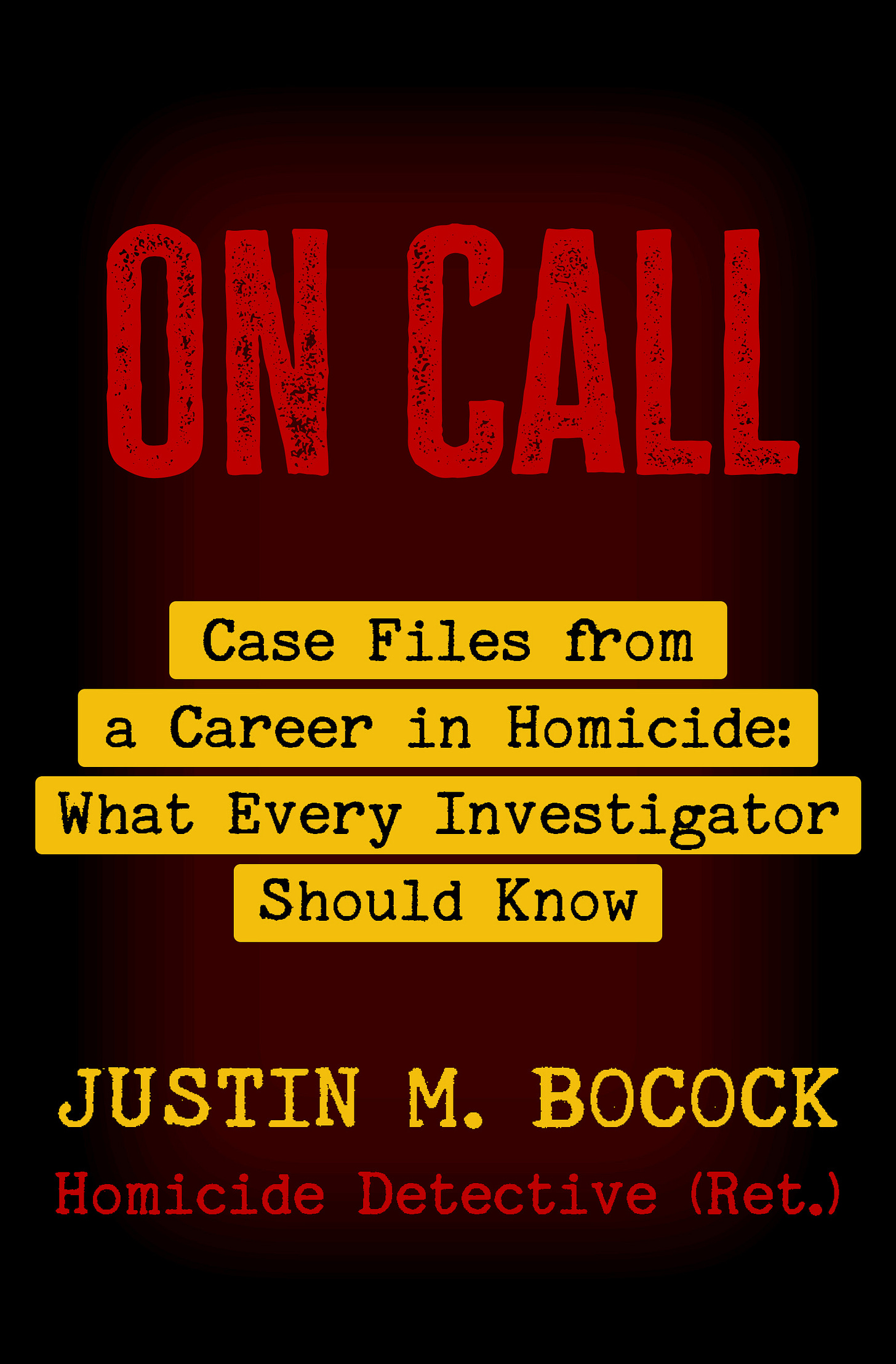Few assignments weigh heavier on a police officer than telling a family their loved one has died. My first solo death notification, during a graveyard shift in Mesa, is something I’ll never forget. It shaped the way I handled grief in others—and in myself—for the rest of my career.
Death Notifications
Many aspects of being a police officer are emotionally difficult—long hours, life-threatening situations, and both internal and external politics. But one of the hardest assignments for any officer, regardless of their years in service, is notifying a family that their loved one has died. This is called a death notification.
Whenever possible, death notifications should be made in person. If the next of kin is in another jurisdiction, that local police department is contacted and asked to send an officer to the family’s home to deliver the devastating news. The task typically falls to a junior officer. The veterans—those who’ve already experienced more than their share of death—have earned the right to opt out. Rank has its privileges.
It was during my second year with the Mesa Police Department that I received my first solo death notification. I was working the graveyard shift—10 p.m. to 8 a.m.—when I was dispatched over the radio and instructed to contact a detective from the Tucson Police Department.
The Tucson detective explained that officers had responded to a non-breather call at the University of Arizona. They had found a 19-year-old male, unconscious and extremely intoxicated. He had aspirated on his own vomit—stomach contents had entered his lungs. Despite lifesaving efforts at the scene and at the hospital, the young man was pronounced dead. His family lived in Mesa, and hospital staff needed them in Tucson as soon as possible.
That was all the information I had. The detective, clearly overwhelmed and busy coordinating his investigation, didn’t have time to provide more detail. I could hear crying and background noise on the call—he was in the middle of chaos.
He asked me to call him directly once the notification was made so he could speak with the family if they wished. I didn’t request backup. I drove alone to the address the detective had provided. It was a quiet, well-kept neighborhood—large homes, beautifully maintained.
I rang the doorbell at around 3 a.m. There was no answer at first, so I rang again. After three or four minutes, I rang a third time. This time, the door opened quickly and a visibly angry man stood before me.
I introduced myself as Officer Bocock and asked if I could come inside to speak with him. In the academy, we’re taught to ask to come inside and then have the family sit in the living room before delivering the news. After confirming the identity of the deceased, the officer makes the notification.
But this situation didn’t unfold like the textbook example. The man refused to let me in and demanded to know what I wanted. His wife soon joined him, equally confused and upset, pressing me for answers.
Realizing the protocol wasn’t working, I decided to take a different approach. I trusted my communication skills, remained calm and confident, and began explaining why I was there.
I confirmed their son attended the University of Arizona and that he was the individual involved. Just as I was about to deliver the news, their teenage daughters appeared, asking what was going on. The parents told them a police officer was at the door. The father finally opened the door completely, and now four family members were staring at me.
I didn’t try to get everyone inside. Instead, I said, “There’s no easy way to say this, so I’m just going to say it. [I said his name] is deceased.”
Then came the silence. The horrible, heavy silence.
I broke it gently. “I’m very sorry. The Tucson Police Department responded to your son’s dorm room, where he was found unconscious. He was taken to a local hospital and pronounced deceased.”
I delivered the message bluntly, but with compassion, and as confidently as I could.
What followed was heartbreaking. The father pointed at me and yelled, “Fuck you!” The mother collapsed, her knees giving out as she fell to the ground, sobbing uncontrollably. The daughters let out screams of terror and ran to the nearby sectional couch, burying their faces in the cushions. I could hear them wailing.
I knelt beside the mother, who was now sitting in the doorway, weeping. I asked if she needed medical attention. Through her cries, she screamed, “No!” The father then got in my face, demanding to know what had happened. I told him everything I knew and explained we could call the Tucson detective on my cell phone.
The father initially refused to speak with anyone on the phone—he wanted answers, not voices from miles away. But after about fifteen minutes, I was able to get everyone into the living room and on the couch. Together, we spoke with the Tucson detective, who provided more details. I also contacted other relatives, asking them to come support the family.
I stayed with them for about two hours. That moment had a huge impact on me—both professionally and personally.
Over the course of my twenty-year career, I would repeat that line—“There’s no easy way to say this, so I’m just going to say it”—more than a hundred times. It worked. It helped.
Later in my career, I taught a four-hour block on death investigations to new recruits. I always included that line, and the story behind it, to help prepare them for one of the hardest parts of the job.
In my book, On Call: Case Files from a Career in Homicide, I write about several death notifications and how profoundly they affect the victims' families. Every person handles grief differently, but each family I encountered found the strength to fight for justice for their loved ones.
--
Justin M Bocock
Get your copy today - On Call


